the ultimate holiday truffle guide;
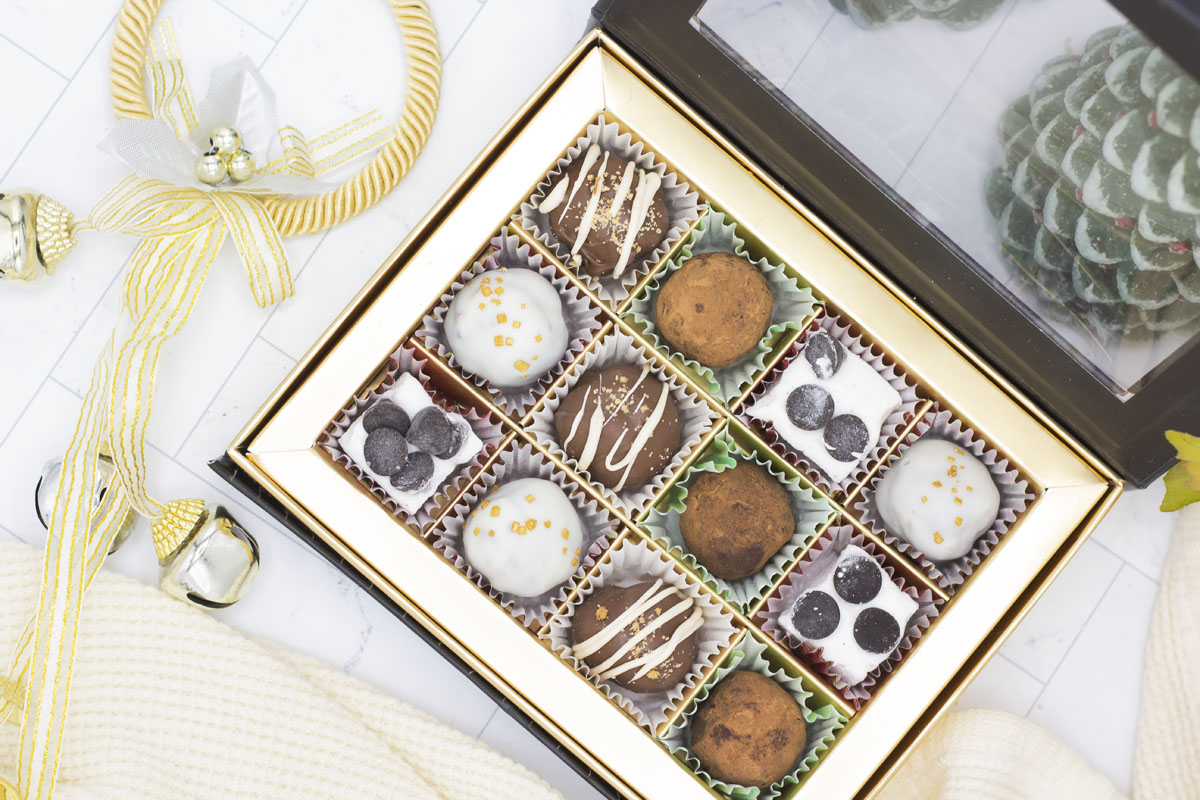
Originally published November 27, 2020. Updated 2024 for content and clarity.
Table of Contents
intro;
You know that I’m a chocoholic. Hello, the name of my blog is Best with Chocolate. Every year I make truffles during the holidays as gifts. And what better way to spread holiday cheer than share my tips and tricks in this holiday truffle guide? I hope you find these recipes and tips helpful and they help you create delectable treats!
Chocolate is not an easy ingredient to work with. There are some options that make it easier to work with, but you’ll often compromise some of the pure chocolatey flavor. For a lot of home cooks, that’s fine! There are chocolates and chocolate products that make it easier to work with this temperamental ingredient. In my mind, it’s best to have an arsenal of tools, so you can make the right choice for your time, budget, and palate. What’s the right choice for you? Keep reading on in the ultimate holiday truffle guide to find out.
chocolate, no tempering required;
I try to give you multiple options in my recipes. A lot of them, especially older posts lean toward easy, palatable options for the home chef. I’ve dabbled in tempering, but that’s a complex and temperamental process. If you’re a novice and have no idea what tempering is, no fear!
Tempering is a process to manipulate the temperature of chocolate that results in a glossy, snappy, shelf-stable chocolate. If you’ve ever bought chocolate truffles, think about how shiny the shells are, and the way that shell melts in your mouth but doesn’t melt in your fingers. That’s tempered chocolate.
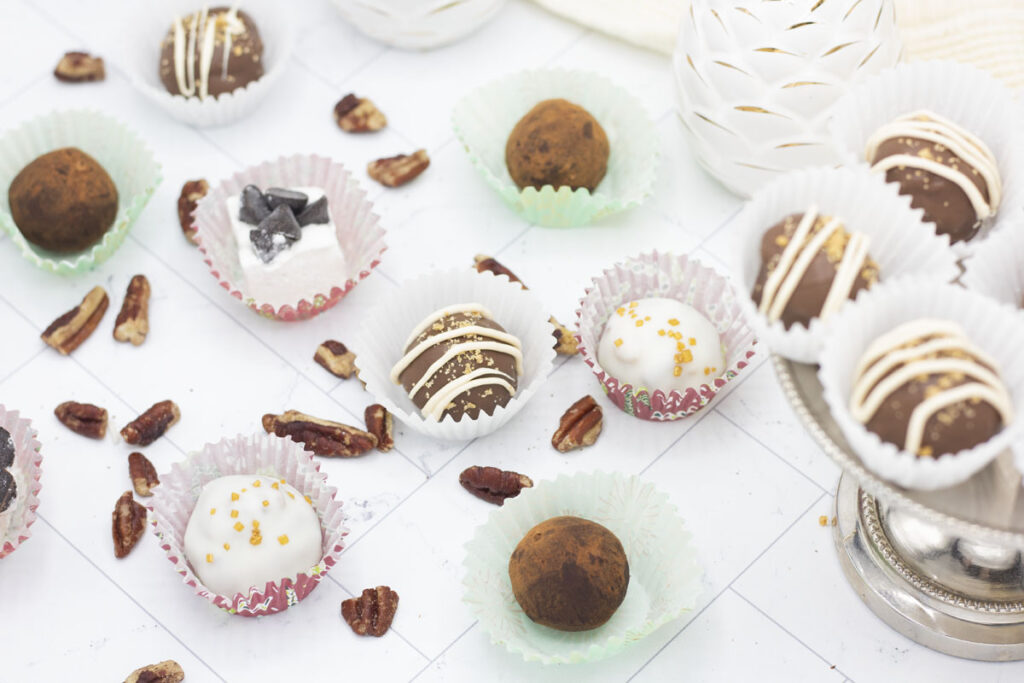
As opposed to say, chocolate chips, that don’t contain enough cocoa butter to temper. Don’t get bogged down in the specifics here. Your takeaway here should be that the chocolate you choose matters. Tempering is hard, and requires knowledge and equipment we won’t be going over here. But I’ve found some great alternatives that I keep on hand for my annual holiday truffle-making, and that’s what we’ll dive into here.
But let’s start at the beginning–where I started: with chocolate compounds and coating chocolate.
jump to all recipesfor novices, low budget, and easy access;
Let’s start off this holiday truffle guide with options that are easy to find, inexpensive, and inviting to start out with. It’s nice to start with cheaper options and experiment and work on technique without pressuring yourself to temper chocolate from scratch.
candy melts
This category, and where a lot of people start, is with candy melts. You can find these at most craft stores, and these vanilla wafers come in a wide variety of deeply pigmented colors. They’re very often used for coating cake pops, and give a dull sheen in a tasty vanilla flavor.
The pros to candy melts are threefold: (1) they’re readily accessible, (2) they’re fairly easy to work with, and (3) they come in many colors and occasionally flavors. Plus the implied (4) is that they don’t require tempering.
The colorful part is a big plus—coloring chocolate can sometimes be harder than it sounds. I won’t go too in-depth here, but suffice it to say that because chocolate it oil-based, you’ll need an oil-based coloring to get those pretty colors. Water and oil don’t mix, and a lot of your standard home kitchen food colorings are water-based. Adding a water-based color will cause your chocolate to seize and ruin entire batches.
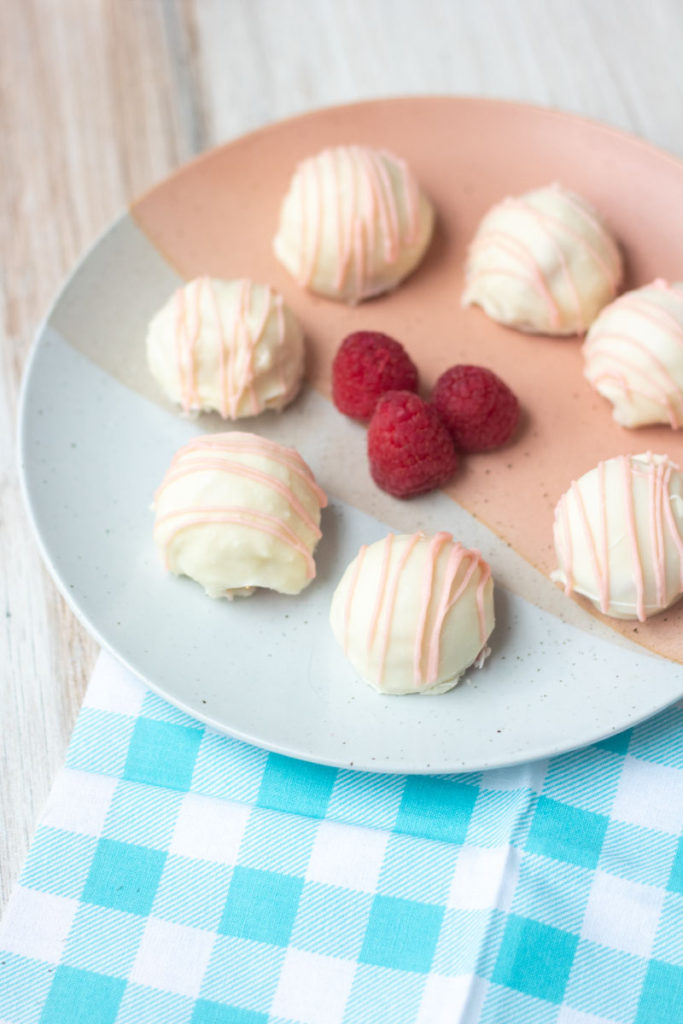
The cons of candy melts and candy coatings are (1) the texture and flavor is not that of real chocolate, (2) it can be a little thick for coating.
Number 2 we can do something about—I often will add minimal amounts of vegetable shortening or coconut oil to the melted candy coating. It helps to thin out the mixture and can make it easier to coat truffles, and baked goods. Coconut oil is a good natural choice, but it does have a mild coconut flavor which may not appeal to everyone or every recipe. Vegetable shortening is tasteless and works just as well.
Number 1 in the con list, though, is why I’ve moved on from this being my number one choice. As a chocoholic, I pride myself on recognizing delicious, high-quality chocolate and candy melts don’t hit that mark for me. I absolutely use them when I need colored chocolate, like if you’re decorating something to look like a pumpkin, or coating a cone to look bright green like a tree. They can fill the white chocolate role, but are lacking in the milk and dark chocolate.
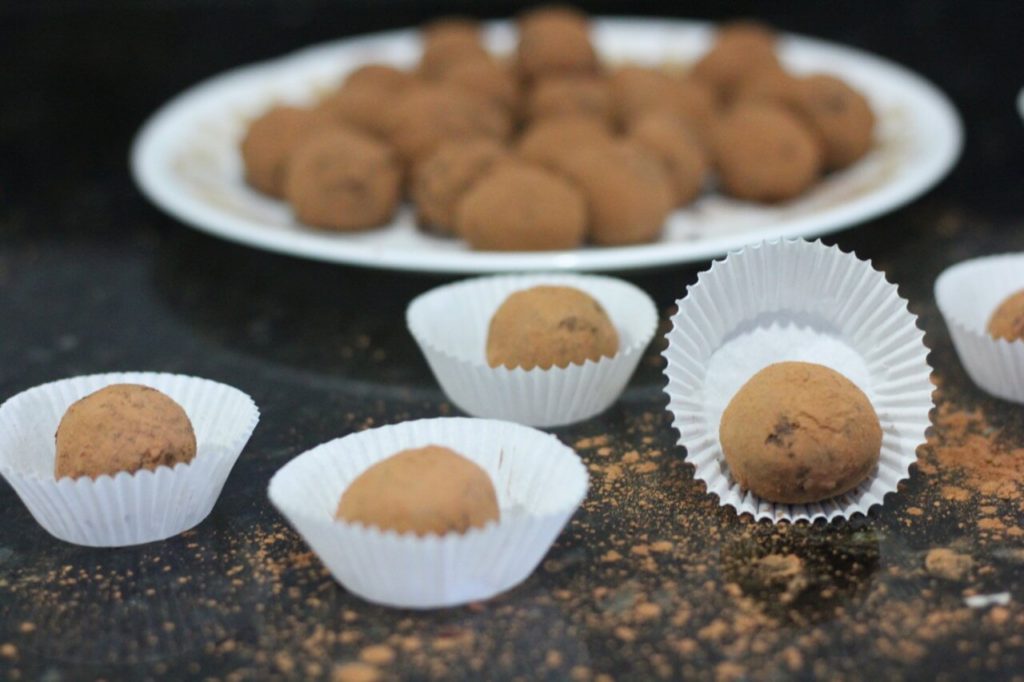
ghirardelli coating wafers;
My second suggestion for this category is a compound chocolate. This is a chocolate that usually has some sort of additive that removes the need for tempering. But because it has an additive, it’s not “pure” chocolate. Ghirardelli Coating Wafers are a great, accessible option for this category. They come in white, dark, and milk chocolate options and I’ve seen them at common grocery stores, even Target. Sometimes I see the white and dark chocolate most often, but I’ve been able to find the milk chocolate version when I look for it. If you want a more chocolatey flavor, these are the way to go.
Pros for this option: (1) the chocolate flavor is delicious, (2) they’re still easily accessible, and (3) no tempering. The con is basically the same as the candy melts, that the coating can be a little thick. Again, use a small amount of vegetable shortening or coconut oil to thin out the coating if you need it.
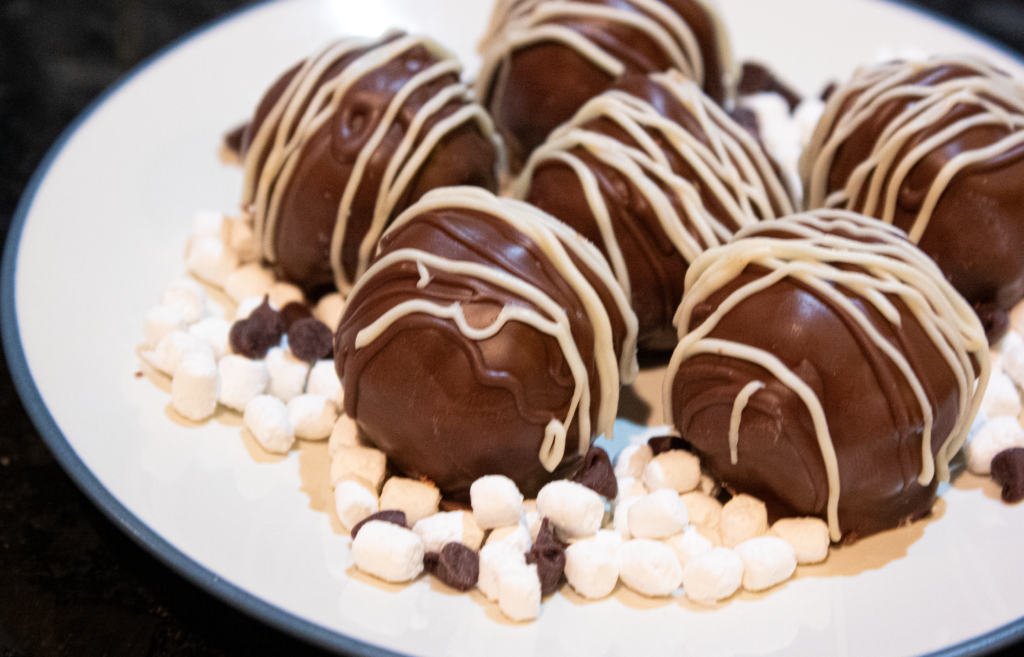
for the intermediate, mid-range budget, and specialty orders
I find this category in my holiday truffle guide to be the perfect middle sweet spot. You may need to special order these options or find the appropriate retailers, but the chocolate flavor shines through despite being compound chocolate. All still without needing to temper from scratch.
chocoley
Chocoley has gone out of business.
2023 update: It turns out that the former Bada Bing Bada Boom Dipping & Coating Gourmet Compound Chocolate is actually available at Vermont Nut Free Chocolates! It’s supposedly the same compound chocolate that I used back in the day, but I confess I have not purchased either of the available milk chocolate & dark chocolate disks since they switched retailers.
guittard a’peels
This is my new standard for coating compounds, for flavor and texture. I love that it melts thinly, and the white chocolate color is a bright, bright white. The flavor is delicious and it doesn’t require tempering either. Now this chocolate is not just going to be lolly-gagging on your grocery store shelf, most likely. I buy mine from worldwidechocolate.com because the free shipping is great, and the prices are reasonable.
I like the Guittard A’Peels because of the flavor and knowing I don’t need to tackle tempering. They’re great for dipped truffles. And because it melts thinly, you don’t need to add other ingredients and water down chocolate itself. In summary? Better chocolate = better truffles.
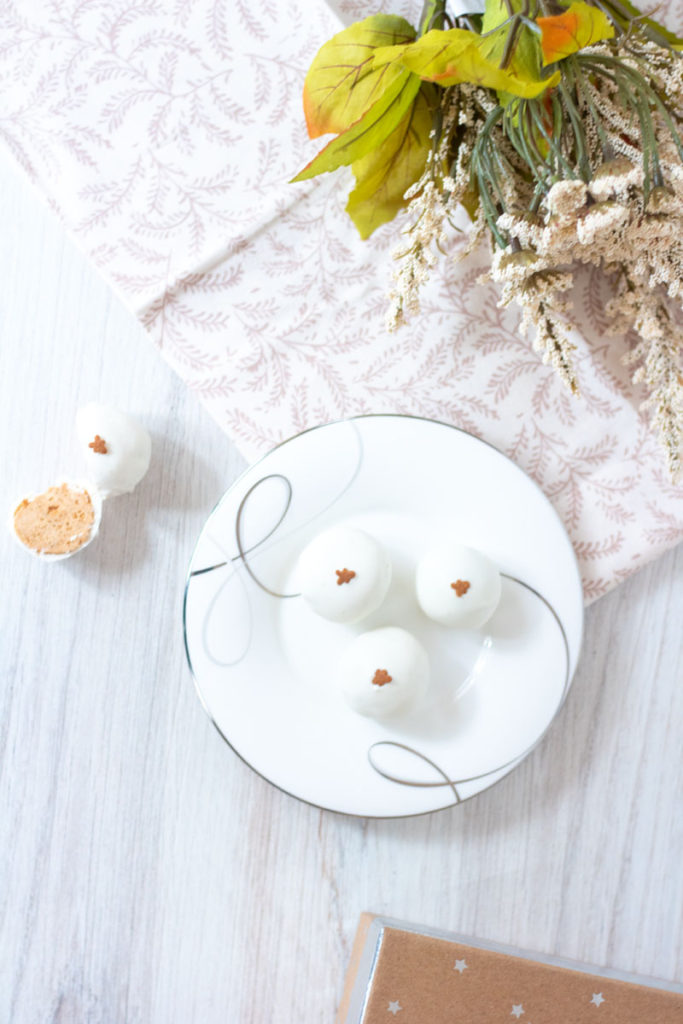
for the pros that want to tackle tempering;
If you’ve gotten this far in the holiday truffle guide and still want to tackle tempering…hats off to you! Tempering chocolate is not an easy thing to learn. It’s a lot of chemistry and timing and practice, and not for the faint of heart. If you attempt it, have patience with yourself! There’s definitely a learning curve, but the fact that you’re trying is awesome! And, worst case scenario, you eat the evidence!
To start off, you’ll need specialized equipment. The non-negotiables are a candy thermometer and polycarbonate molds. (You can technically use silicone molds, but I don’t recommend it. The silicone is thicker and floppier which makes it harder to hollow out and get clean scrapes.). You’ll probably also want to invest in a beach scraper, microwave-safe plastic bowls (if using the seeding method), a marble slab (if using the tabling method), a silicone mat for working, and perhaps an infrared or instant-read thermometer.
Then comes the chocolate. You want to use couverture chocolate as this is high-quality chocolate that has a high enough fat content to allow for the correct kind of crystals to form to achieve chocolate tempering. There’s a surprising amount of chemistry and art to chocolate tempering.
The gist is that you need to heat the chocolate to the right temperature, then lower it slowly using time, temperature, and movement to allow the correct type of crystals to set and form. When you succeed you should have nice, shiny, snappy chocolate that holds up to ambient heat better than untempered chocolate. (Think how a truffle you buy from the store doesn’t melt in your hand but other chocolate does melt just from the heat of your hand.)
With all that said, we’ve only scratched the surface of tempering chocolate. Tempering chocolate is something that people—master chocolatiers—spend years and loves perfecting. Don’t expect to walk away a master after three short paragraphs! But lucky for you I have a whole guide to the seeding method of tempering chocolate which is the first I learned and have stuck with since. Check out the guide:
tempering chocolate: the seeding method;
jump to all recipesequipment;
If you’re not looking to invest a fortune, you can make truffles easily with normal kitchen utensils.
When it comes to hand-rolled or dipped (think free form, no molds), I use a fork and knife to dip, coat and transfer. Plus some parchment or wax paper to set the coated truffles on to cool. Microwave the chocolate to melt it in short bursts (like 30 seconds) and mix in between. Stop when there are a few lumps left and let the residual heat melt them as you continue to stir. Once it’s all melted evenly, drop the fillings into the chocolate and lift out on the fork. Tap off the excess chocolate and scrape off onto a tray using the knife to push off the truffle.
However, if you’re willing to invest, there’s some equipment I can recommend to make your life a little easier. To help with heating chocolate and keeping it melted, you can look for a heating contraption. This will help you melt chocolate slowly, and can also help you keep it at a consistent temperature. You could also look at dipping tools that can help with feet (pools of chocolate underneath) when you scrape off the chocolate.
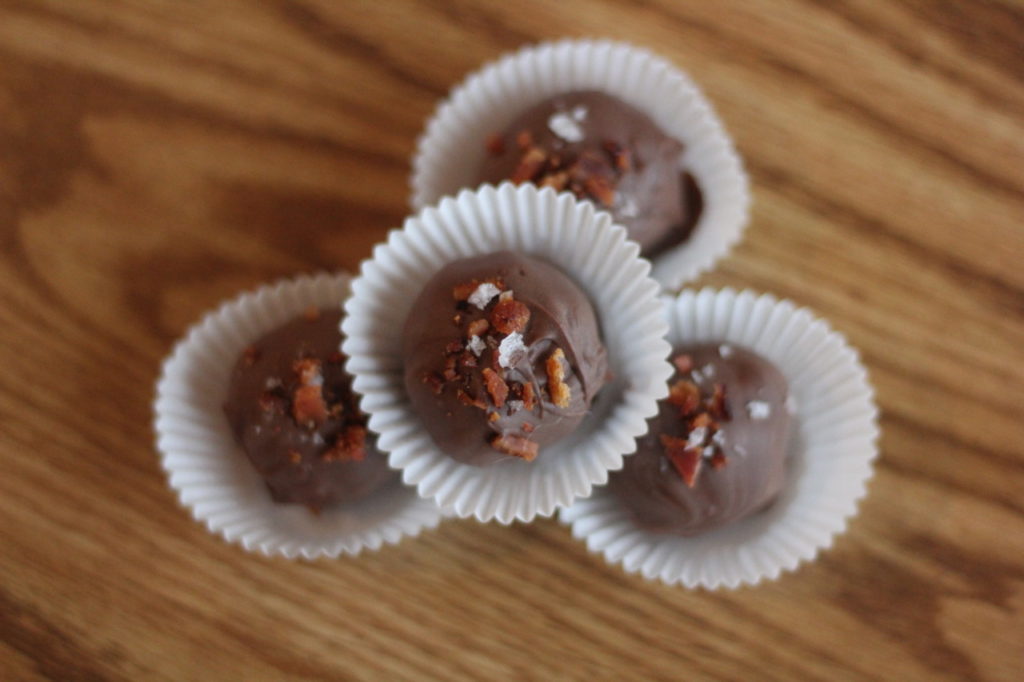
The last thing to consider is molds. If you want to make molded chocolate and take your truffles to the next level, you can invest in molds. There are two options here, silicone molds or polycarbonate molds. I find silicone molds are a decent entry point, but I struggle to keep them clean over time, and they can trap residual heat and lose some of their shininess. The flexibility of the silicone makes it easy to pop them in and out, but I will admit they can be a pain to clean.
Polycarbonate molds, on the other hand, are used more readily by professional chocolatiers. But they can also be a bit more expensive and lend themselves to the tempering chocolate route. Because they’re rigid plastic, you’re counting on your tempering to have the chocolate retract from the edges, otherwise, they can be a nightmare to turn out.
If you’re working on your tempering and molded chocolates, check out my tempering chocolate guide to get details on the equipment and tips, tricks, and techniques needed for tempering.
fillings and flavors;
And of course, last but not least in the ultimate holiday truffle guide–a comprehensive list of all the truffle flavors I’ve shared. Check out these recipes from the blog. Below you’ll find a ton of truffle ideas, perfect to make for holiday gifts, or to share with someone special. You can make fillings regardless of whether you choose to go the chocolate compound route or full-on tempering. Softer fillings will lend themselves to molded truffles, while firmer fillings are easier to hand dip. Be sure to leave a comment and let me know your favorite!
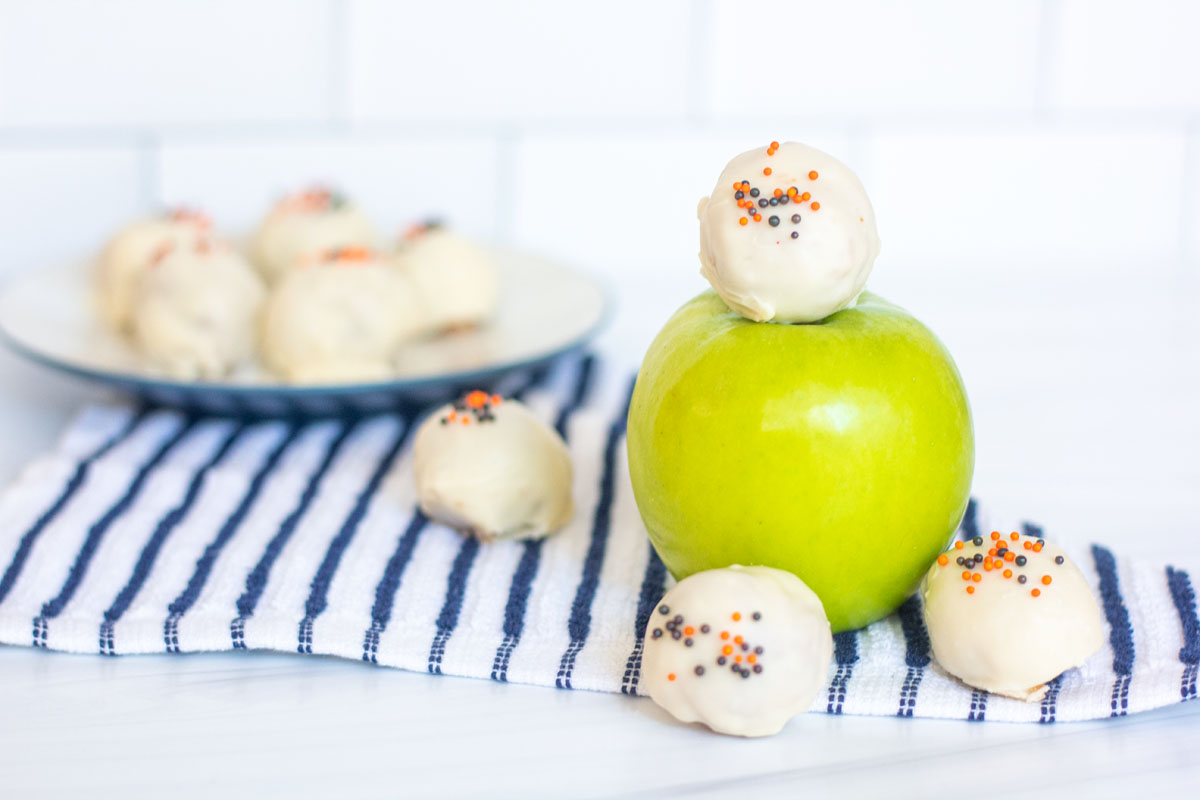
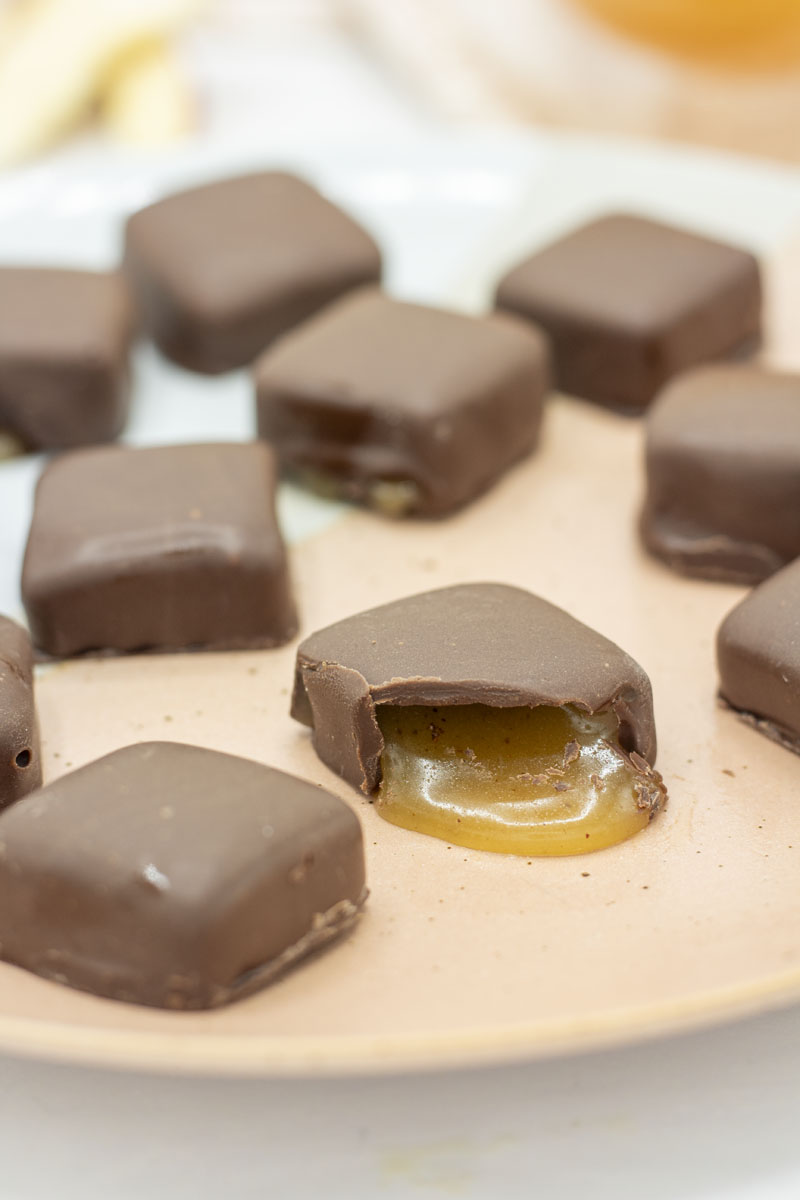
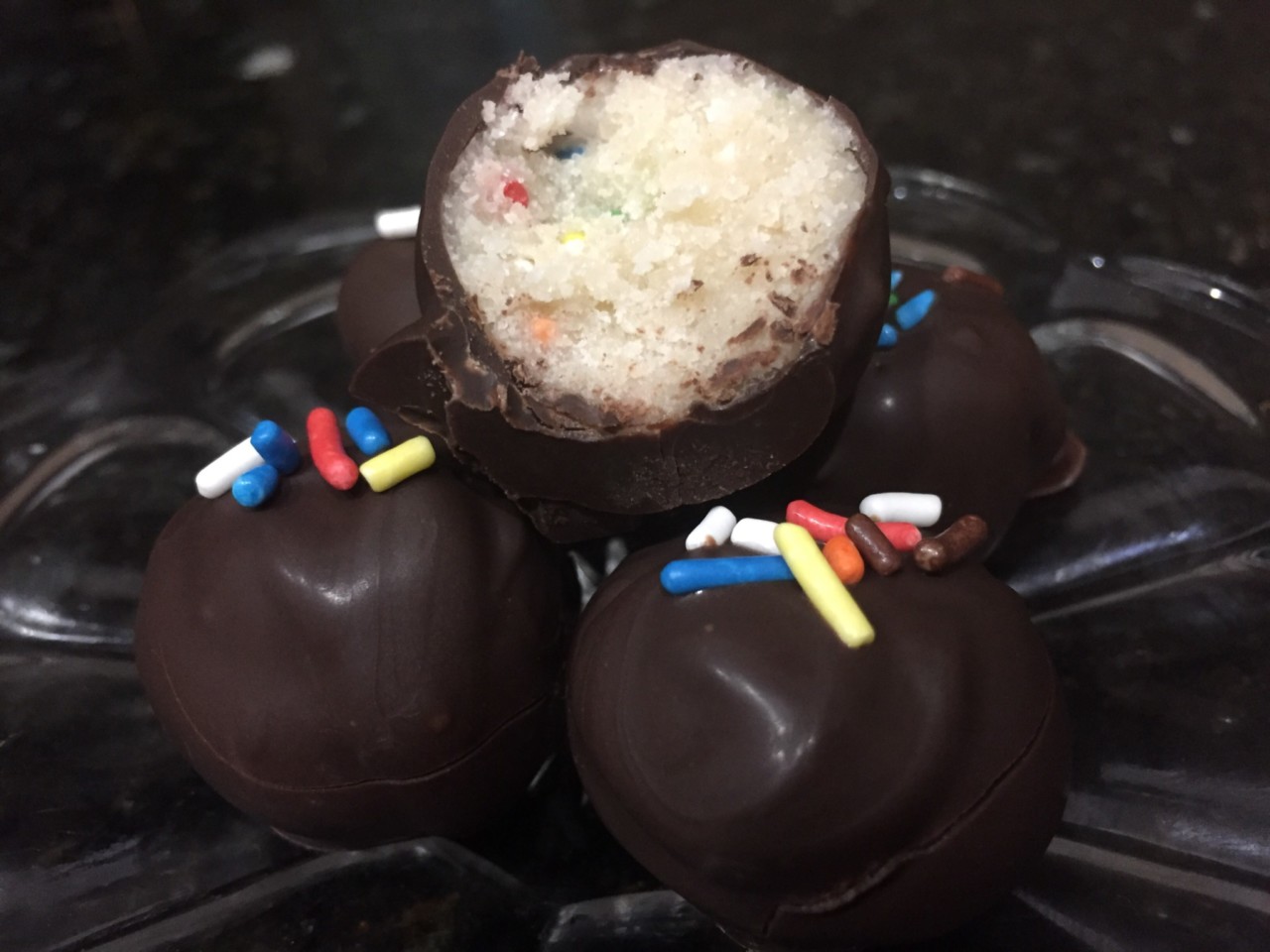


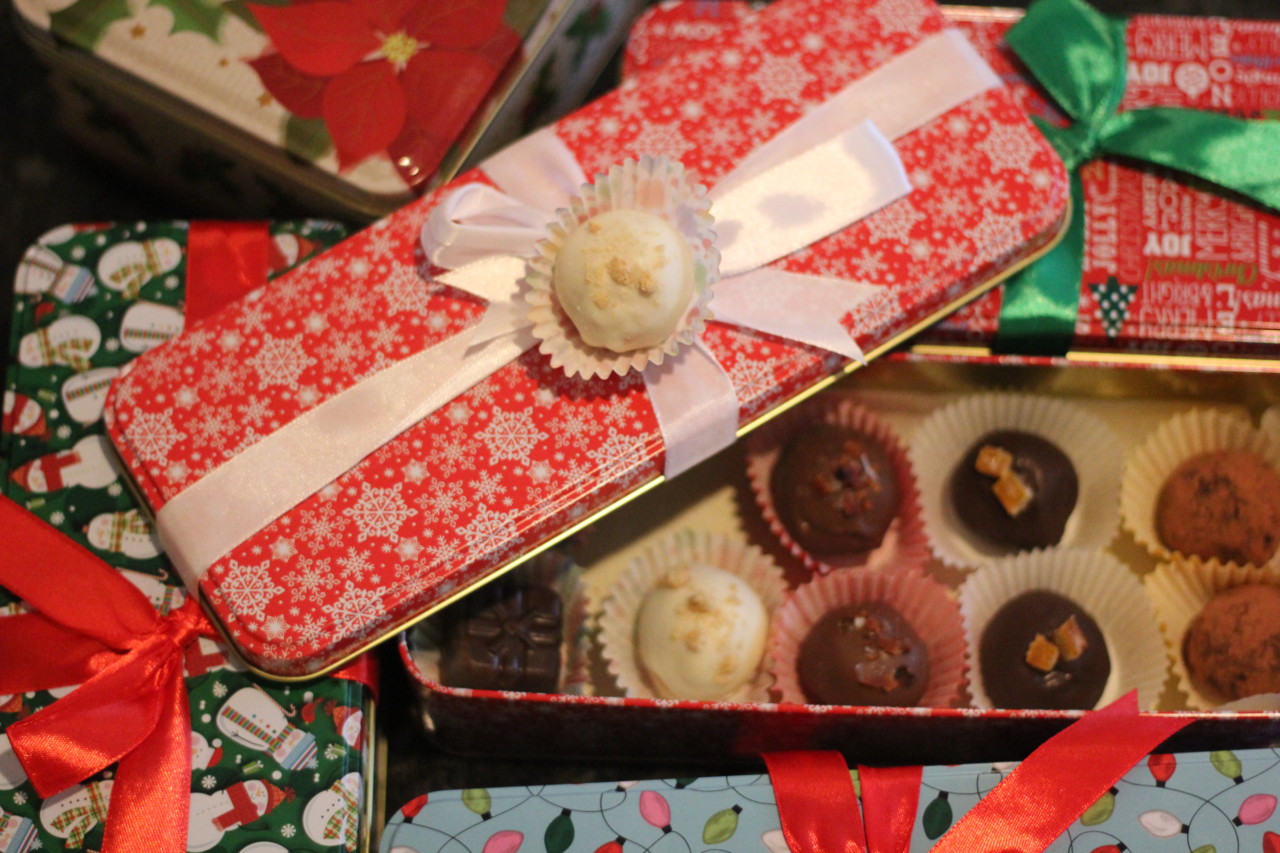
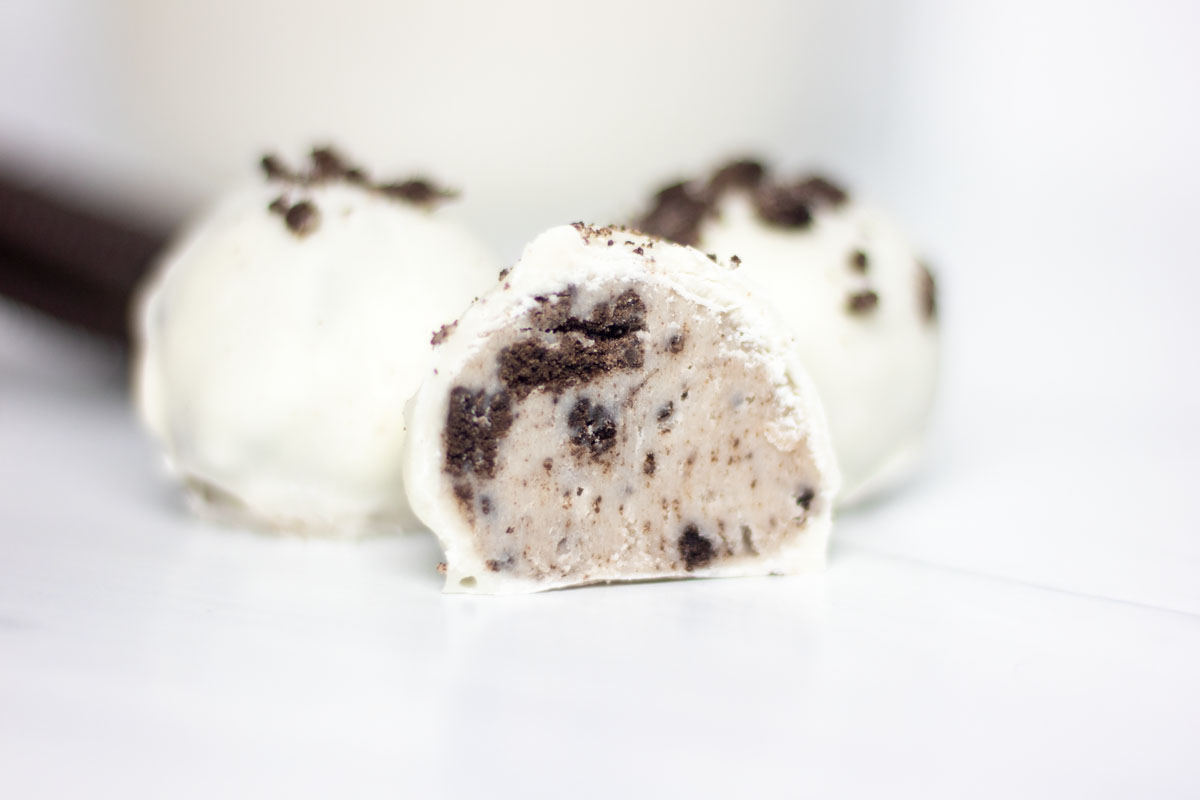
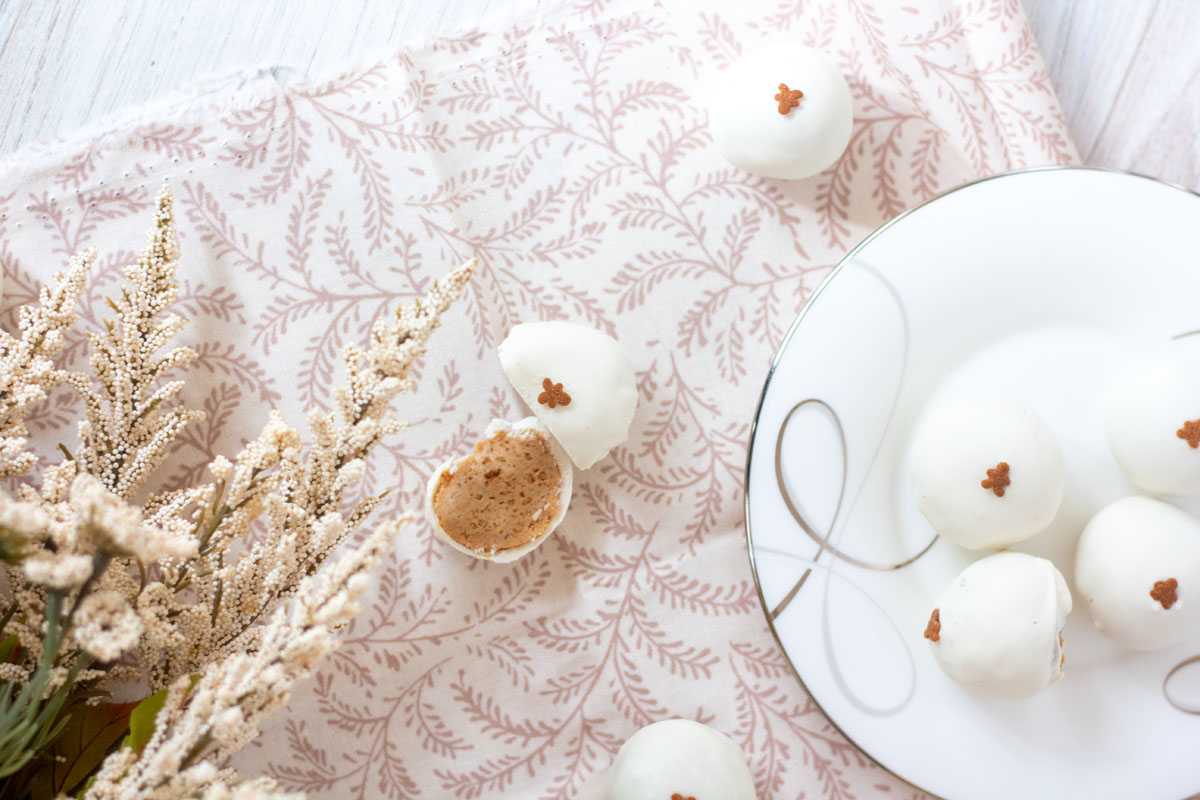


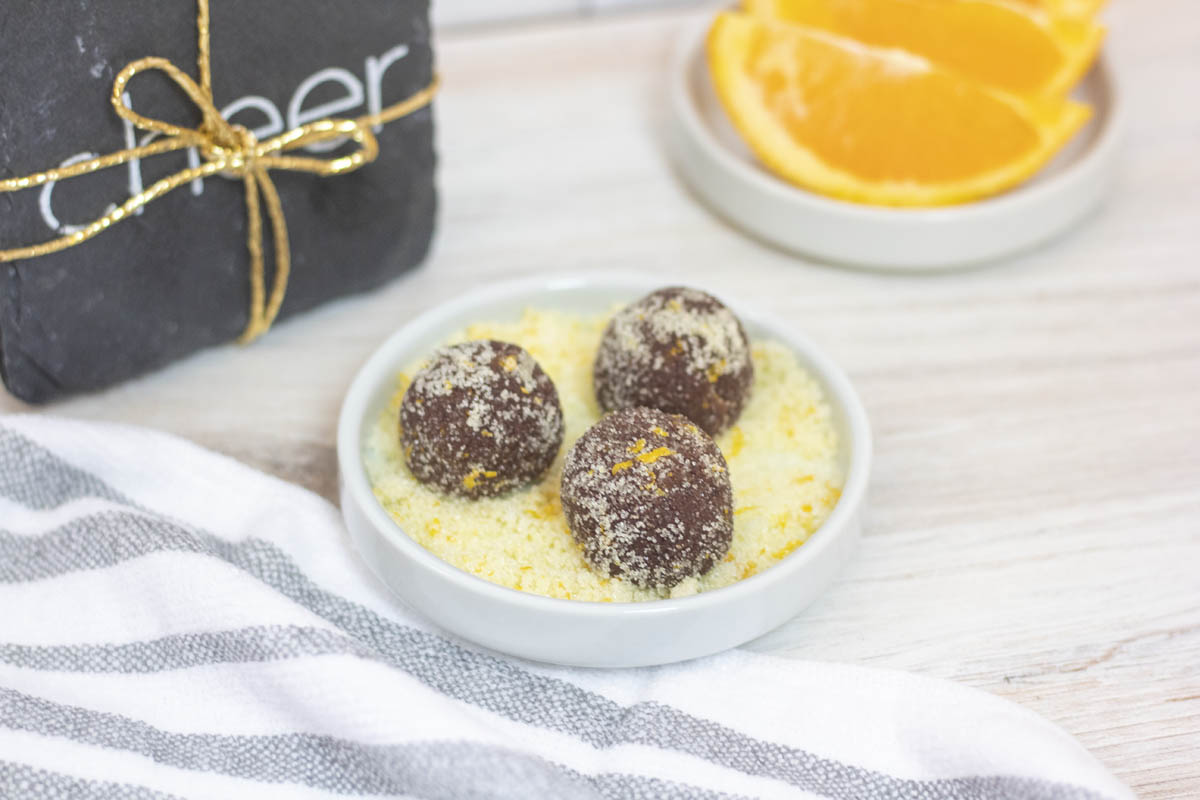

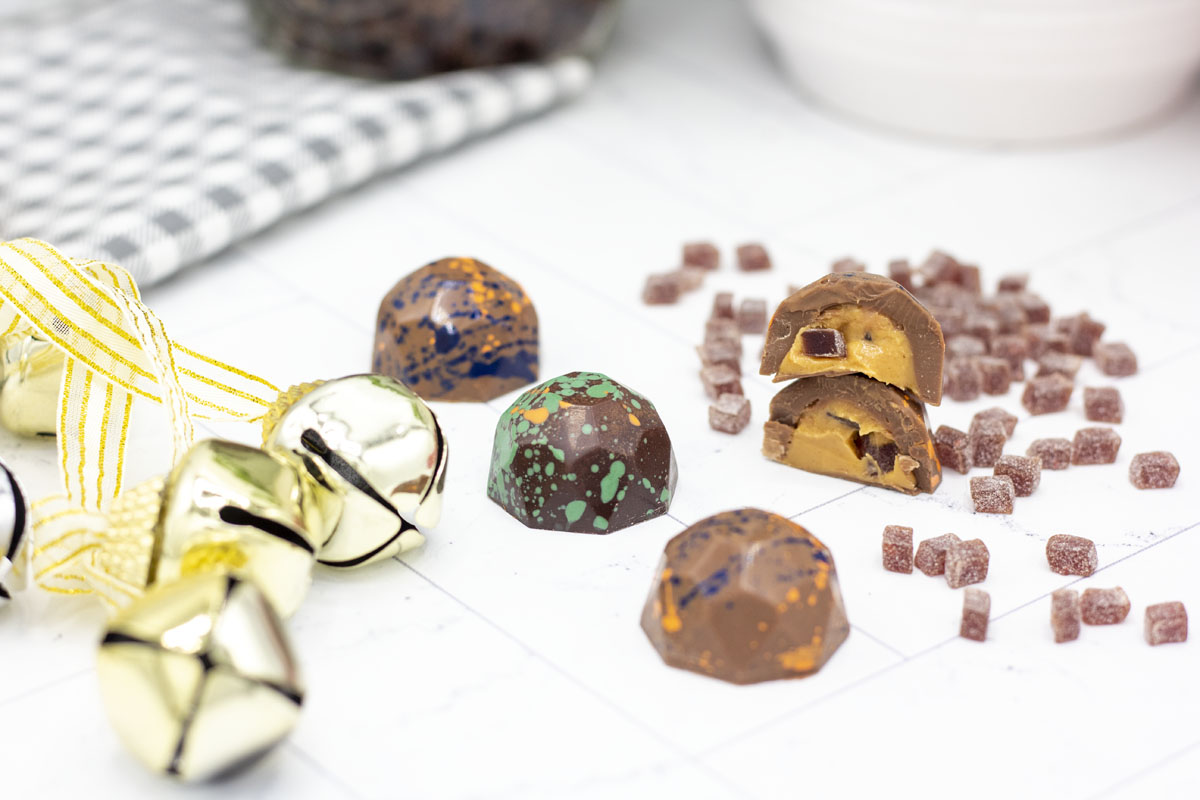
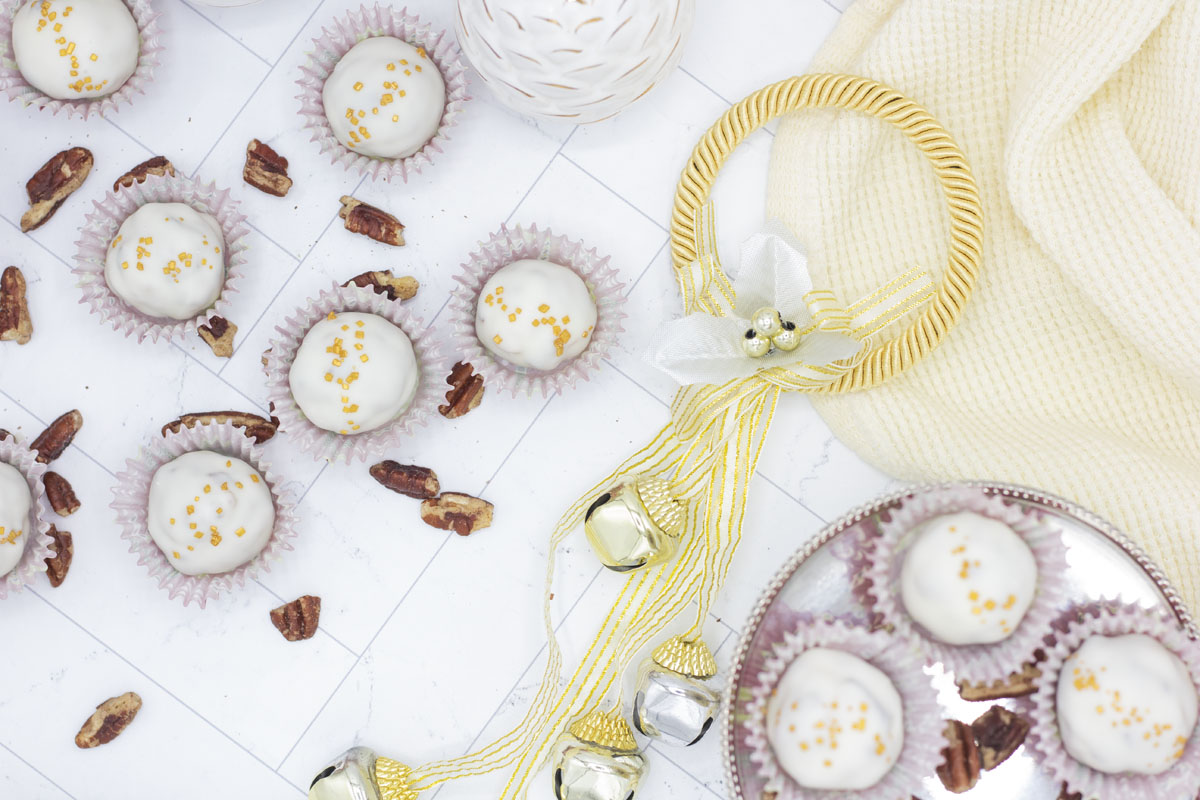
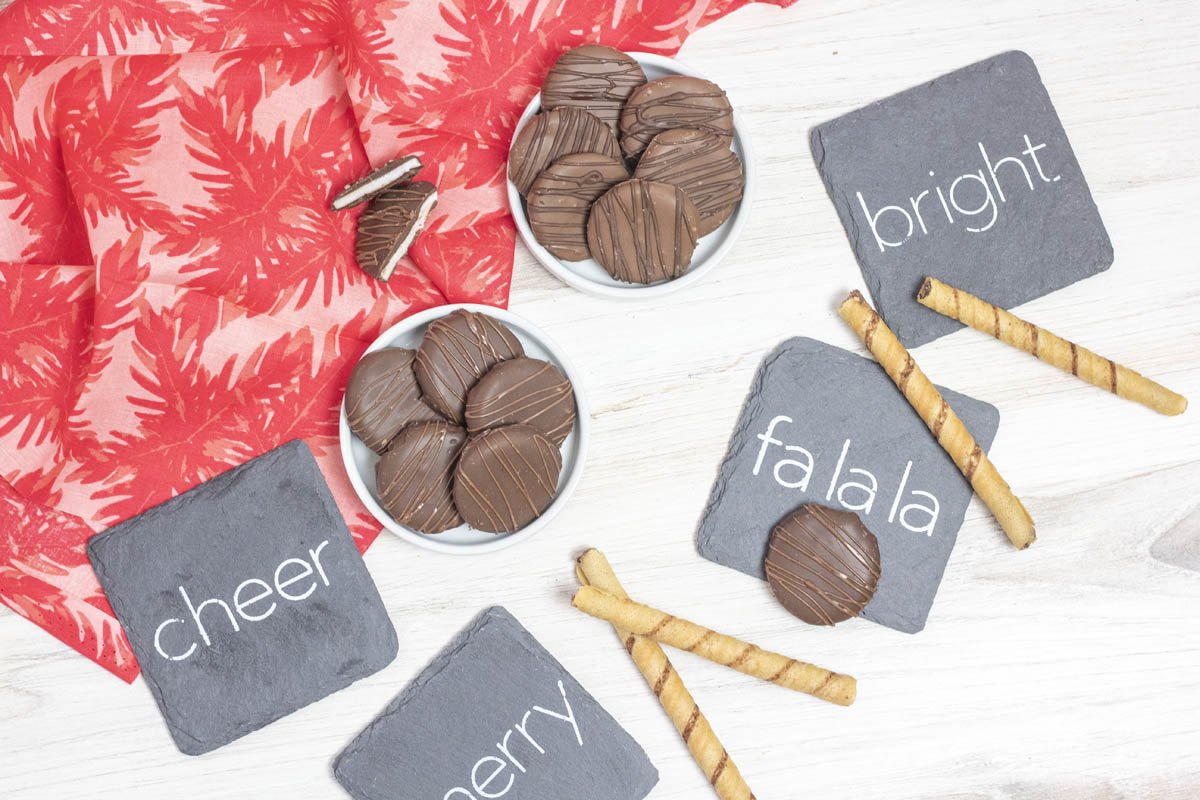
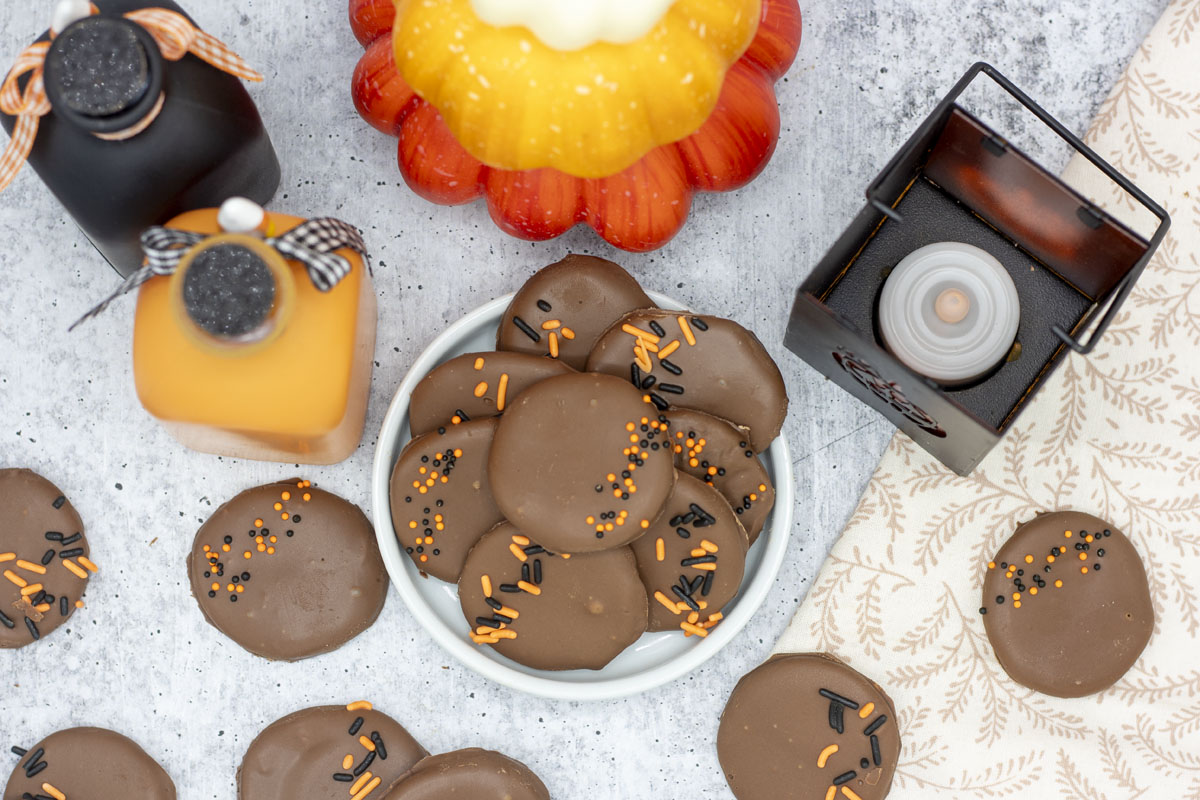
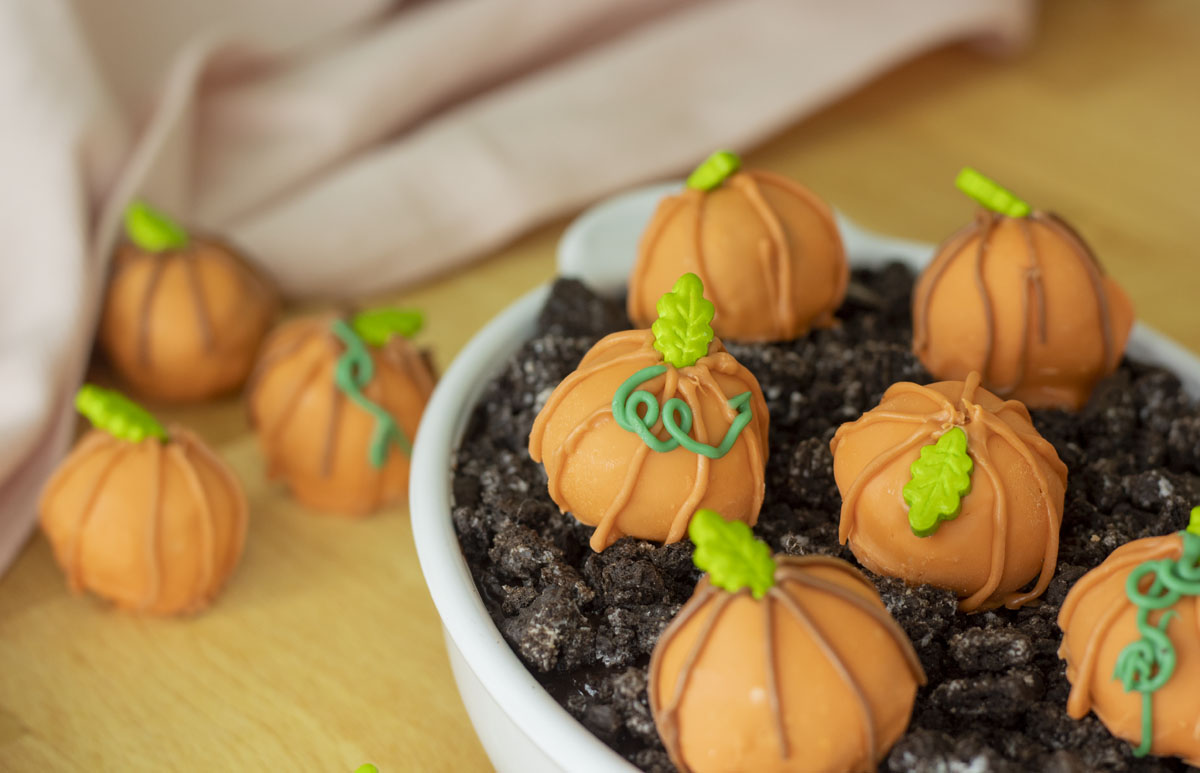

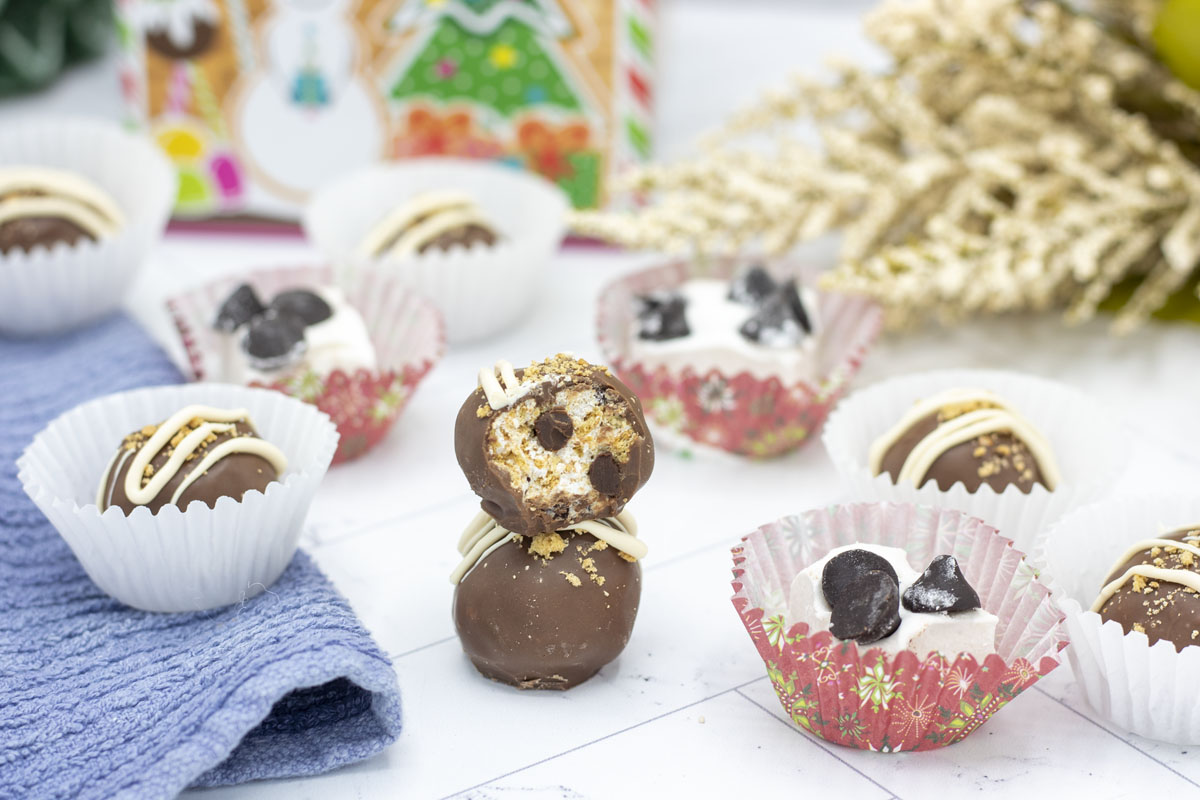
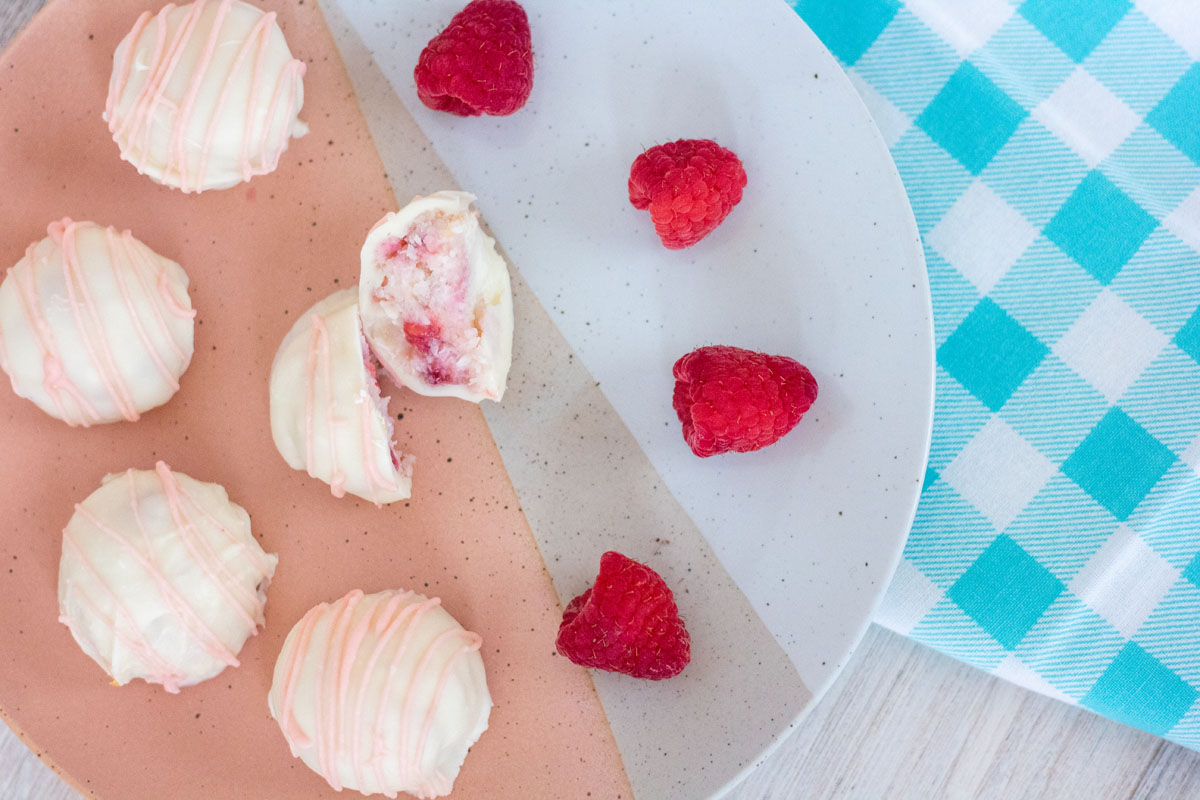
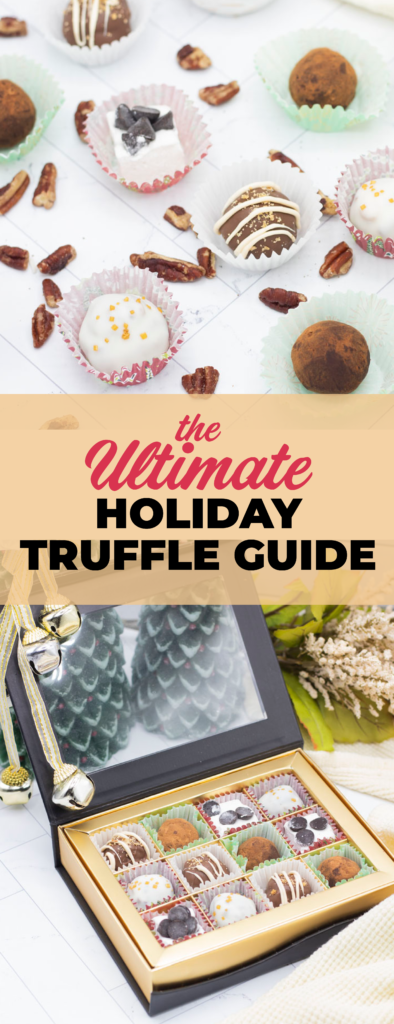

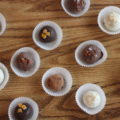
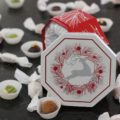
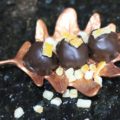
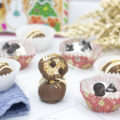
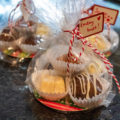
13 Comments
no bake strawberry shortcake truffles; | Best With Chocolate
December 4, 2020 at 11:24 am
[…] check out the ultimate holiday truffle guide for more tips, tricks, and truffle […]
720p izle
December 9, 2020 at 11:10 pm
Really enjoyed this blog article. Really looking forward to read more. Really Cool. Elissa Kenyon Beaumont
peanut butter and jelly truffles; | Best With Chocolate
August 4, 2023 at 12:45 pm
[…] bother. (Check out my gingerbread truffles or raspberry chambord truffles or head over to the ultimate holiday truffle guide for the full […]
caramelized honey pumpkin pie with chai whipped cream; | Best With Chocolate
August 5, 2023 at 9:11 am
[…] always need some chocolate around the holidays, so check out the the ultimate holiday truffle guide for gifts and delicious […]
buckeye pretzel bites; | Best With Chocolate
September 26, 2023 at 12:31 pm
[…] For more chocolate, checkout this guide for bonbons: the ultimate holiday truffle guide […]
s'mores truffles; | Best With Chocolate
November 30, 2023 at 6:41 pm
[…] out my ultimate holiday truffle guide for all my favorite flavors of homemade truffles! Check out flavors like peanut butter and jelly […]
five-ingredient peppermint patties; | Best With Chocolate
December 22, 2023 at 9:09 am
[…] get your feet wet with chocolate coated goodies. (If you are interested in truffles, check out my Ultimate Holiday Truffle Guide for tips, tricks, and flavor suggestions). But these peppermint patties are pretty […]
snickers brownie pie; | Best With Chocolate
March 22, 2024 at 11:36 pm
[…] a little vegetable shortening or coconut oil. Here I used chocolate coating I had around from my holiday truffles, but if I didn’t have that on hand I would add ~½ tsp of coconut oil to a ½ cup of […]
french silk brownies; | Best With Chocolate
April 13, 2024 at 1:11 pm
[…] No bake apple butter truffles only take three ingredients and are one of my favorite fall flavors. But don’t worry, I have a whole host of truffle recipes. […]
cinnamon bun truffles; | Best With Chocolate
June 1, 2024 at 9:29 pm
[…] out the full list of candy shop truffles in my ultimate holiday truffle guide! Over 15 other flavors of chocolatey little balls of […]
hot chocolate bombs; | Best With Chocolate
September 8, 2024 at 5:08 pm
[…] The ultimate holiday truffle guide is your one stop shop for truffle ideas and chocolate deliciousness! […]
homemade nonpareils; | Best With Chocolate
January 26, 2025 at 11:07 pm
[…] out my ultimate holiday truffle guide for all my favorite chocolates and truffles, perfect for gifting…or […]
stuffed ham and swiss biscuit bombs; | Best With Chocolate
April 29, 2025 at 11:13 pm
[…] other holiday desserts,, check out my ultimate truffle guide with assorted flavors or ultimate pie guide. Or if that’s not your cup of tea, then […]
Comments are closed.